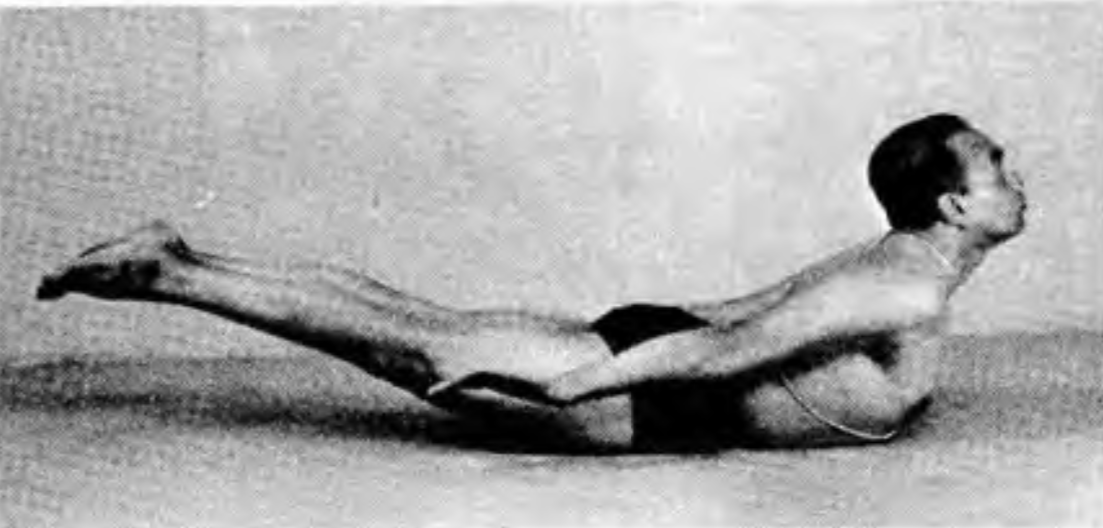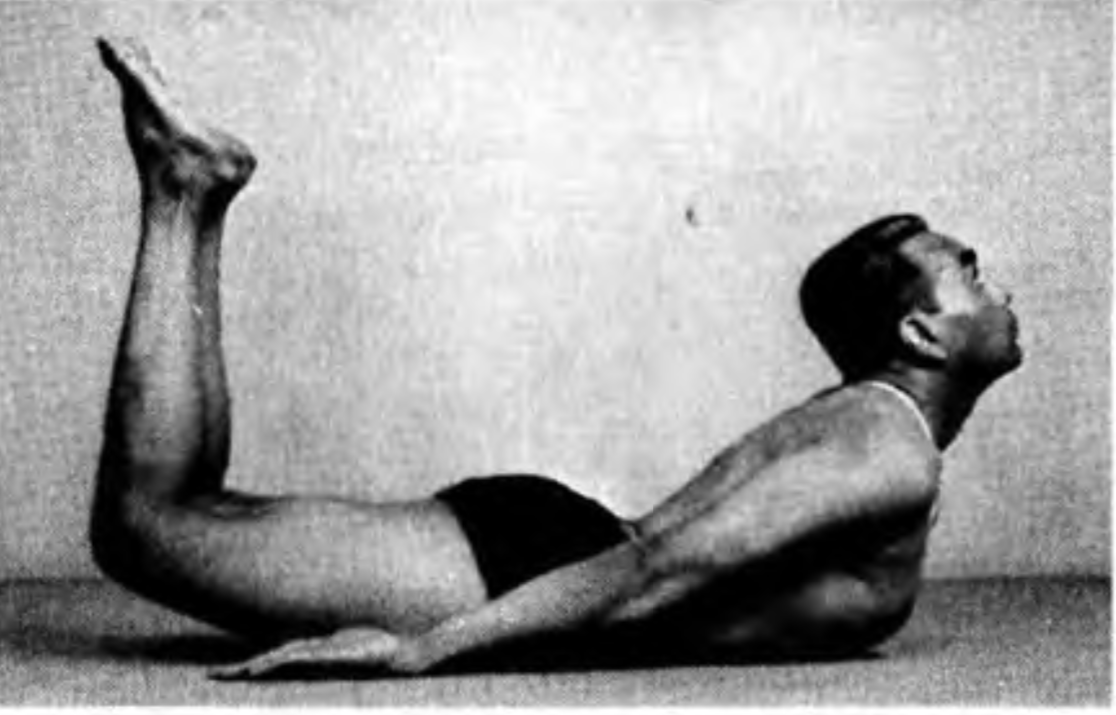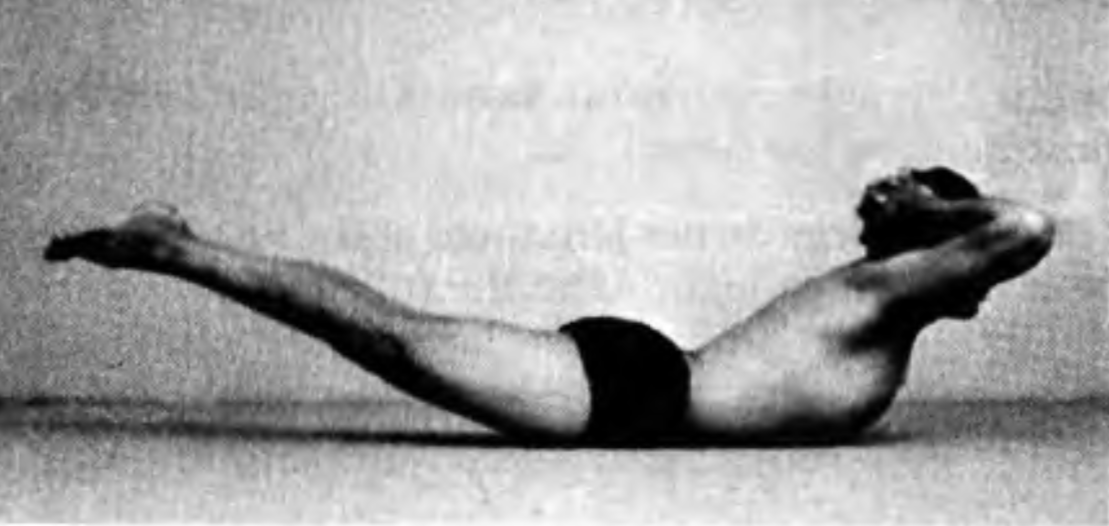Search your article
Salabhasana & Makarasana
Salabhasana -1
Salabha means a locust. The pose resembles that of a locust resting on the ground, hence the name.
Technique
1.Lie full length on the floor on the stomach, face downwards. Stretch the arms back.
2. Exhale, lift the head, chest and legs off the floor simultaneously as high as possible. The hands should not be placed and the ribs should not rest on the floor. Only the abdominal front portion of the body rests on the floor and bears the weight of the body.
3· Contract the buttocks and stretch the thigh muscles. Keep both legs fully extended and straight, touching at the thighs, knees and ankles.
4· Do not bear the weight of the body on the hands but stretch them back to exercise the upper portion of the back muscles.
5· Stay in the position as long as you can with normal breathing.
6. In the beginning it is difficult to lift the chest and the legs off the
floor, but this becomes easier as the abdominal muscles grow stronger.
Makarasana
‘Lie on the ground face down, the chest touching the earth and both legs stretched out: catch the head with the arms. This is the Crocodile Posture which increases bodily heat.’ It is a variation of Salabhasana.
Effects
The pose aids digestion and relieves gastric troubles and flatulence. Since the spine is stretched back it becomes elastic and the pose relieves pain in the sacral and lumbar regions. In my experience, persons suffer ing from slipped discs have benefited.b y regular practice of this asana without recourse to enforced rest or surgical treatment. The bladder and the prostate gland also benefit from the exercise and remain healthy.
A variation of the pose may also be tried to relieve aches in the lower part of the back. Here, the legs are bent at the knees and the thighs are kept apart while the shins are kept perpendicular to the floor. Then with an exhalation, the thighs are lifted off the floor and brought closer together until the knees touch, the shins still being kept perpendicular.


